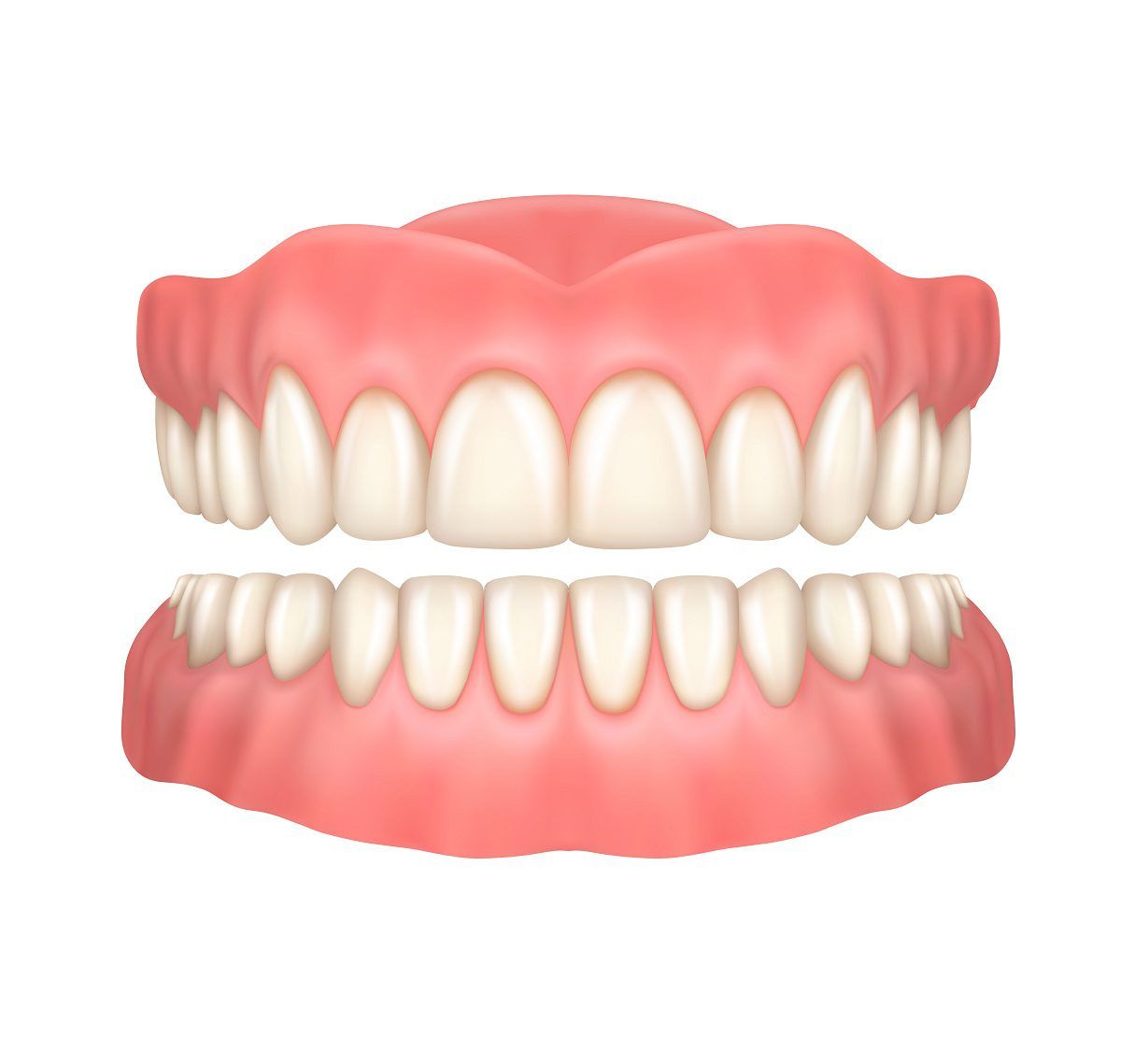Teeth loss may cause facial muscles to droop, which can make a person seem older than they are. If you've lost teeth due to cavities, oral disease, or an accident, getting replacements is crucial to your dental health and the beauty of your smile but the type of dentures can help.
"Some tortures are physical, and some are mental, but the one that is both is dental."
Ogden Nash.
One of the most effective and long-term treatment options is getting Dentures. Dentures may make your lips, cheeks, and chin seem fuller. The most significant upside is by design & function; dentures appear just like your natural teeth. There's a chance that getting dentures will make your smile even more attractive. Let's explore which type of dentures may fit and serve you properly.
What are Dentures?
Dentures are removable dental prosthetics that may fill gaps left by lost teeth. Because the teeth on each side of the hole have to compensate for the missing one, they may grow at an angle and make chewing and speaking difficult. Dentures' replacement teeth may be acrylic (plastic), nylon, or metal and are detachable. They are custom-made to fit securely over your gums and replace your missing teeth.
Available Types of Dentures
Understanding the similarities and differences between the many denture options is the best method for settling on a choice. Serving that purpose, here is some information on the available denture options.
Complete Dentures
Conventional and immediate dentures are the two types of complete dentures available today. Traditional dentures are not of appropriate fit until the gums have had time to recover and change form. After the dentist extracts your teeth and the gum tissue has begun to heal, a conventional denture usually takes eight to twelve weeks for permanent fixing.

- Immediate dentures: Immediate dentures are prosthetic teeth inserted in the mouth immediately after your dentist extracts the tooth. Therefore, the patient may continue to eat and speak normally while their gums recover. However, jawbone and gums tend to recede with time, particularly after extraction. That is why immediate dentures have the drawback of needing relining or remaking several times within a few months to fit correctly throughout the healing period. Immediate dentures are a short-term option until your gums, and permanent dentures are ready. Anyhow, you may be able to acquire instant complete dentures to wear in the meantime.
- Conventional Full Dentures: A patient must always wear this type of denture. Complete dentures are often created to order and are adjusted to the patient's mouth over time to provide a comfortable and natural fit. The dentist takes measurements and imprints (molds) of your mouth. Conventional complete dentures, once in place, mimic your natural teeth and make biting and eating simple again.
Partial Dentures
If you are missing some upper or lower teeth, a removable appliance called a partial denture might be the solution. A partial denture serves double duty by both concealing the gaps produced by lost teeth and preventing the shifting of adjacent teeth.
- Fixing
This type of denture sits on a pink foundation and has a metal framework joinery. It's clipped on, so taking it off is a breeze. Sometimes the clips may be constructed out of gum or tooth-colored substance, albeit they are less reliable than metal clips due to their fragility.

Instead of using clasps to secure neighboring crowns, a partial precision type of denture uses internal attachments. To put it simply, this equipment blends in better with its surroundings.
Your dentist can take impressions of your mouth and have a partial denture made, or you may go to a licensed clinical dental technician who, once you've visited your dentist for a treatment plan, can make you a partial denture on the spot.
- Alternative
Rarely, a permanent bridge may replace the function of missing teeth rather than requiring a removable partial denture. In such circumstances, the dentist installs dental crowns on each side of the open area and inserts an artificial tooth into the vacant space.
Caring for Gums after getting Dentures
- You should still wash your gums with a soft bristles brush every morning before inserting your dentures, even if you wear complete dentures. Regular cleaning reduces the buildup of tartar and improves oral blood flow.
- When cleaning your dentures, focus on where the metal clasps attach to your natural teeth. If plaque builds up behind the clips, it might lead to cavities.
- Take out your partial type of denture before cleaning your natural teeth if you use one.
- Gums respond well to frequent cleaning, relaxation, and massage.
- To keep your gums healthy and clean, try rinsing your mouth with a solution of lukewarm saltwater twice daily.
- Take care of your body and your teeth by eating well-rounded meals.
Contact your Pinole dentists, Dr. Azadeh Hosseini and Dr. Ghazal Hosseini, at Top Pinole Dental to know more about the type of dentures.
Resource:
Difference Between Dentures And Partial Dentures
This media/content or any other on this website does not prescribe, recommend, or prevent any treatment or procedure. Therefore, we highly recommend that you get the advice of a qualified dentist or other medical practitioners regarding your specific dental condition.

